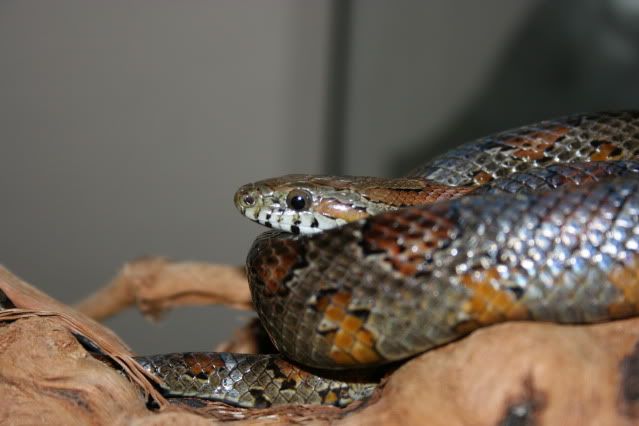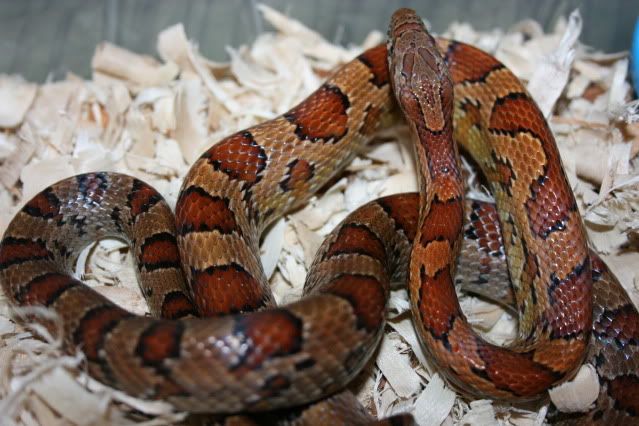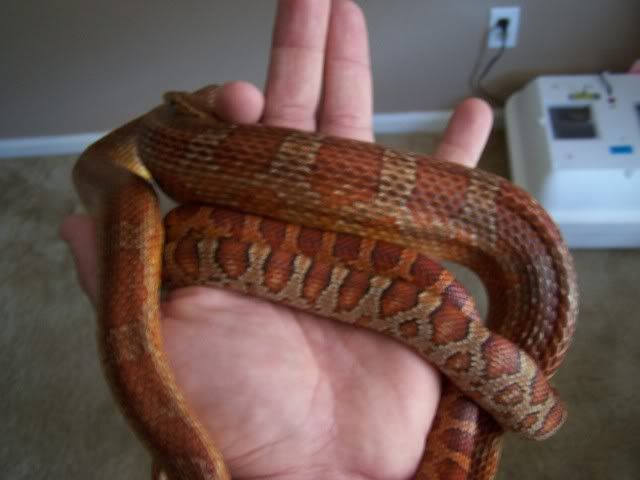Radiant Reptiles
New member
Wow man thats so cool
Yes, it is entirely possible for someone to hold major advanced degrees, yet be unable to cross the street without getting run over...



Sorry, but no, in my opinion, based on all the other ills I have seen inflicted on nature by humanity, if anything, releasing corn snakes within their native range, regardless of the genetic traits they carry, is actually a beneficial move for a member of the normally destructive human race to engage in.
I have yet to see bfreewally1 ever post anything of use or intelligence. Apparently the trend continues.
And on the topic.... ceduke and I have decided that we need to visit you sometime in the near future and go herping on your property, Rich.I promise to only take home any charcoals I find. *giggles*
Too bad Shiari. There are a couple people who agree with me and they seem to know more than you about snakes
I think its a bit of a stretch to say its beneficial....and you can't disregard the genetics, they are what make the entire organism.
Rich, I see your point. From a realistic standpoint, releasing your corn is probably not going to cause a cane-toad size invasion. But if you also consider Kevin's (and just about every other biologist/ecologist/herpetologist), you'd see that releasing corns is just silly. Why give the government actual proof that snake breeders are letting captive animals go? Isn't that why Georgia has a ban in place for corns, and why anti-reptile legislation is gaining momentum....?
Too bad Shiari. There are a couple people who agree with me and they seem to know more than you about snakes
Thinking about the soot-covered northeast USA during the industrial revolution (1880's - 1920), when gypsy moths were black, to blend in. The rare white ones with a slight dusting of black were incredibly rare. Today, it's near impossible to find a black gypsy moth. Also considering how many animals have been killed to pave roads, mine resources, entire ecosystems destroyed to create decorative cypress mulch; the fallout from depleted uranium weapons causing deformities of human children in the mid-east and veterans/troops; (search: uranium babies), the chemicals used to produce food crops and the chemical poisions used to kill rodents, which snowball effect into the higher predators including snakes, and how many animals must have perished so I could have a computer in front of me. As a consumer, my purchasing power sends the message that I approve of these actions. The bulldozer pushed away mother nature so I could have places to eat, shop, live; and then people covered up the rape of nature with non-native landscaping plants of no benefit to native species. Sorry if I don't get too upset about a snake of a different color surviving in it's native range. But I appreciate the 'convenient focus' of the arguement. Let's not look too hard at our own selves.
scott, I would think that typically if there was a pathogen, it would be showing in the captive population as well. Different breeders keep fairly isolated colonies, so you should see obvious signs of pathogen transmission whenever they brought in an outside snake, even with quarantine.
Crotalus, thank you for bringing this to my attention. I had not realized Rich's snakes were carrying pathogens which would adversely affect native populations.
:roflmao::roflmao::roflmao::roflmao:
